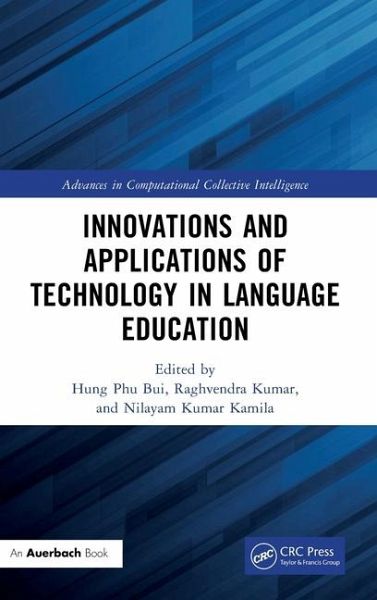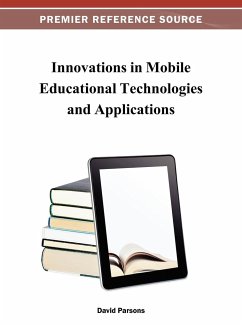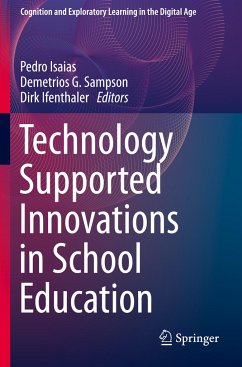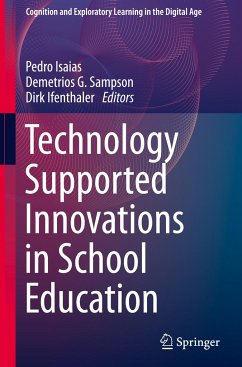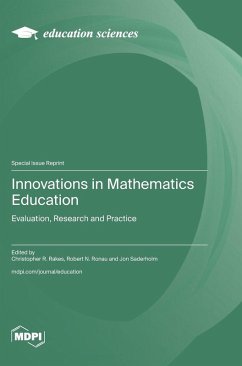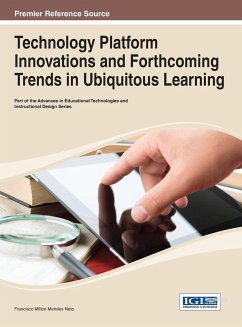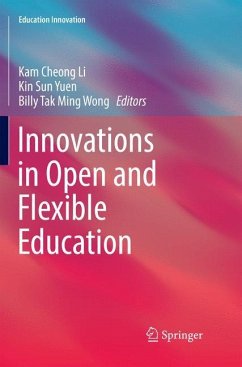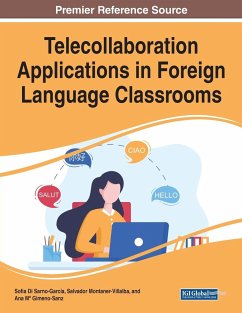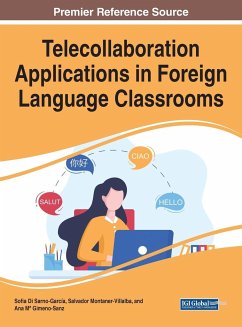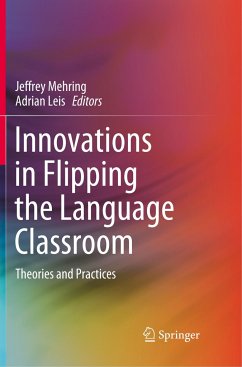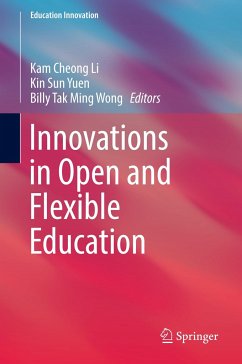Hung Phu Bui holds a PhD in language education. He is now a lecturer and researcher at School of Foreign Languages, University of Economics Ho Chi Minh City (UEH University). Hung also serves as an editor for several international journals. His research interests have stretched across different aspects of second/ foreign language (L2) education and technology in language education. His recently published works have mainly concentrated on applications of cognitive linguistics in L2 acquisition, sociocultural theory in L2 acquisition, L2 students' interaction, L2 classroom assessment, teaching English for specific purposes, and computer-assisted language teaching and learning. Serving as the keynote and plenary speaker in many national and international conferences in the world, Hung has had opportunities to spread his knowledge and research interests to students, colleagues, and novice researchers in Asia. Raghvendra Kumar is an Associate Professor in Technology at GIET University, India. He holds a PhD in applied technology. He spent his postdoctoral fellowship at Institute of Information Technology, Virtual Reality and Multimedia, Vietnam. He has served as an editor for many international journals and publishers (e.g., Springer, Taylor & Francis) and as a keynote speaker at many international renown conferences His research areas include computer networks, data mining, cloud computing and secure multiparty computations, and algorithms. He authored and edited 23 computer science books in the respective fields. Nilayam Kumar Kamila is a lead software engineer in Capital One Wilmington, USA. He holds a PhD in applied technology. He received his multiple masters and certificates from India and United States of America. He is especially interested in educational technology. He has expertise on application development and innovative system designs. His publications mainly focus on applications of artificial intelligence in management, machine learning, and wireless sensor network. He has published many journal articles and book chapters with international large publishers, such as Elsevier and Springer. He has also attended several international conferences around the world. For further information about him, please contact nilayam.kamila@gmail.com.
